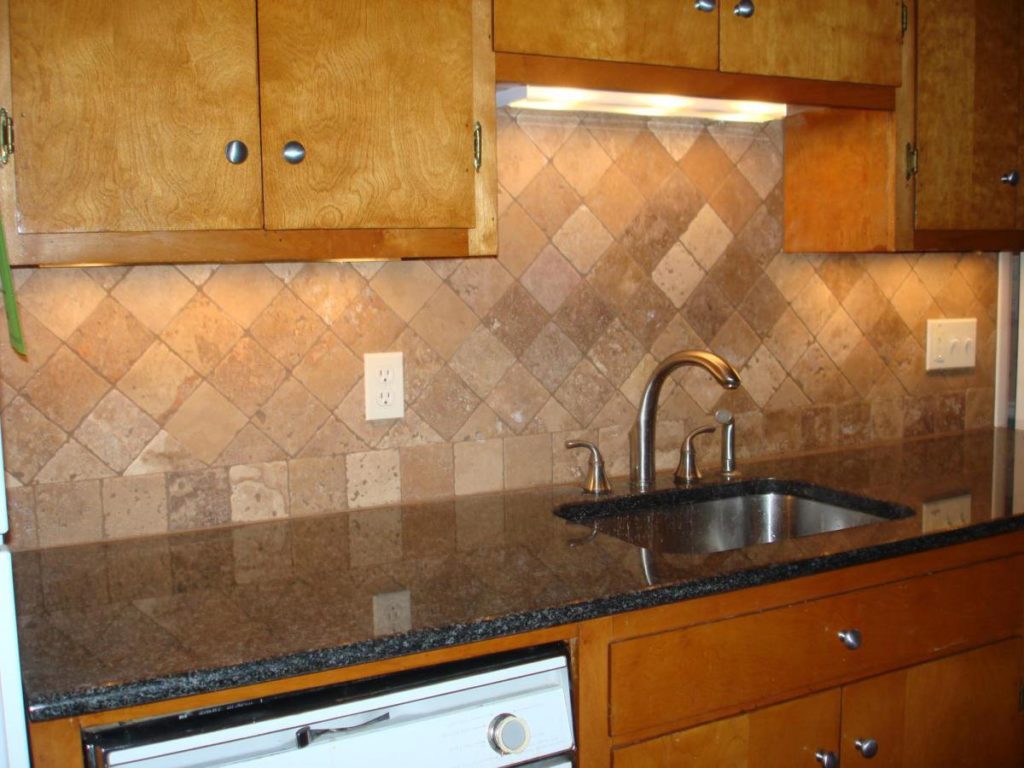
Selecting the perfect tiles for your home is hard enough however the question that always arises is the difference between porcelain and ceramic tiles. Often people question if they are different and which is going to be suitable for their space. These are common queries, so we’re going to break it down for you.
Those looking for a quick summary can rest assured that despite the similarity in appearance there are significant differences that need explaining but include tile density, suitability and resilience. Overall, the porcelain tile is considerably denser, harder wearing and is therefore is suitable for both indoor and outdoor (interior/ exterior) wear and tear. The difference in density begins at the production stage and is a result of different materials and processes being used during the manufacture of the tile. While ceramic tiles are often multi- functional and can be used for interior walls and floors, porcelain tiles are usually most effective for floors due to them being considerably more resistant to chipping and scratching that would occur on flooring. Overall, porcelain tiles are harder wearing because they have lower water absorption which means they are suitable for outdoor areas (regardless of weather conditions) kitchen floors, entrances and commercial use. They are suitable for these areas due to the lack of glaze which means that the color is seen to run through the tile making it difficult to see wear or chips in the surface. However they can sometimes be glazed in which case the color regardless of whether it is a ceramic or porcelain tile will show through the chipped glaze. This is an unlikely event because most tiles will not be exposed to chipping.
It is not surprising that porcelain and ceramic tiles are similar in appearance because they are both made from the same material, clay. However, the real difference lies in the treatment the clay experiences and the manipulation during production. During the manufacture of the ceramic tile natural clay is treated with a durable glaze which is transplanted onto the face of the tile. The clay is then baked at an extremely high temperate which effectively removes most of the water content in the tile. The production of the porcelain tile is significantly different. Firstly, they are denser in nature because during manufacture finely ground sand is added into the mixture creating a different density from their ceramic counterpart. Following this, the materials are then pressed and fired at a higher temperature than that of the ceramic tile. Furthermore it is done for a considerably longer period of time, thus removing more of the water content than a ceramic tile. It is this process during manufacture that makes the porcelain tile considerably denser, less porous and overall more hard wearing than ceramic tiles.
Now the bit you are really waiting for… Which tile should I use in my home interior? In terms of usability and which are right for your space there is no black and white answer. Ceramic tiles are generally considered easy to work with because they can be easily trimmed with the right tools making them the ideal choice for those who like a bit of at home DIY. On the other hand, porcelain tiles can be harder to work with for a flooring novice. Often they can require a professional with the correct tools to do the job properly. Therefore, the process can take considerably longer with a porcelain tile when compared to the ceramic equivalent.
Overall, you may expect porcelain to be more expensive than the ceramic equivalent due to the harder wearing nature and need for professional attention. However, this is not always the case and it is important to shop around because they can significantly vary from one price point to another depending on the supplier you select. Look out for some fantastic deals on luxury imported porcelain and ceramic tiles imported from Spain and Italy on https://tesorotiles.co.uk/